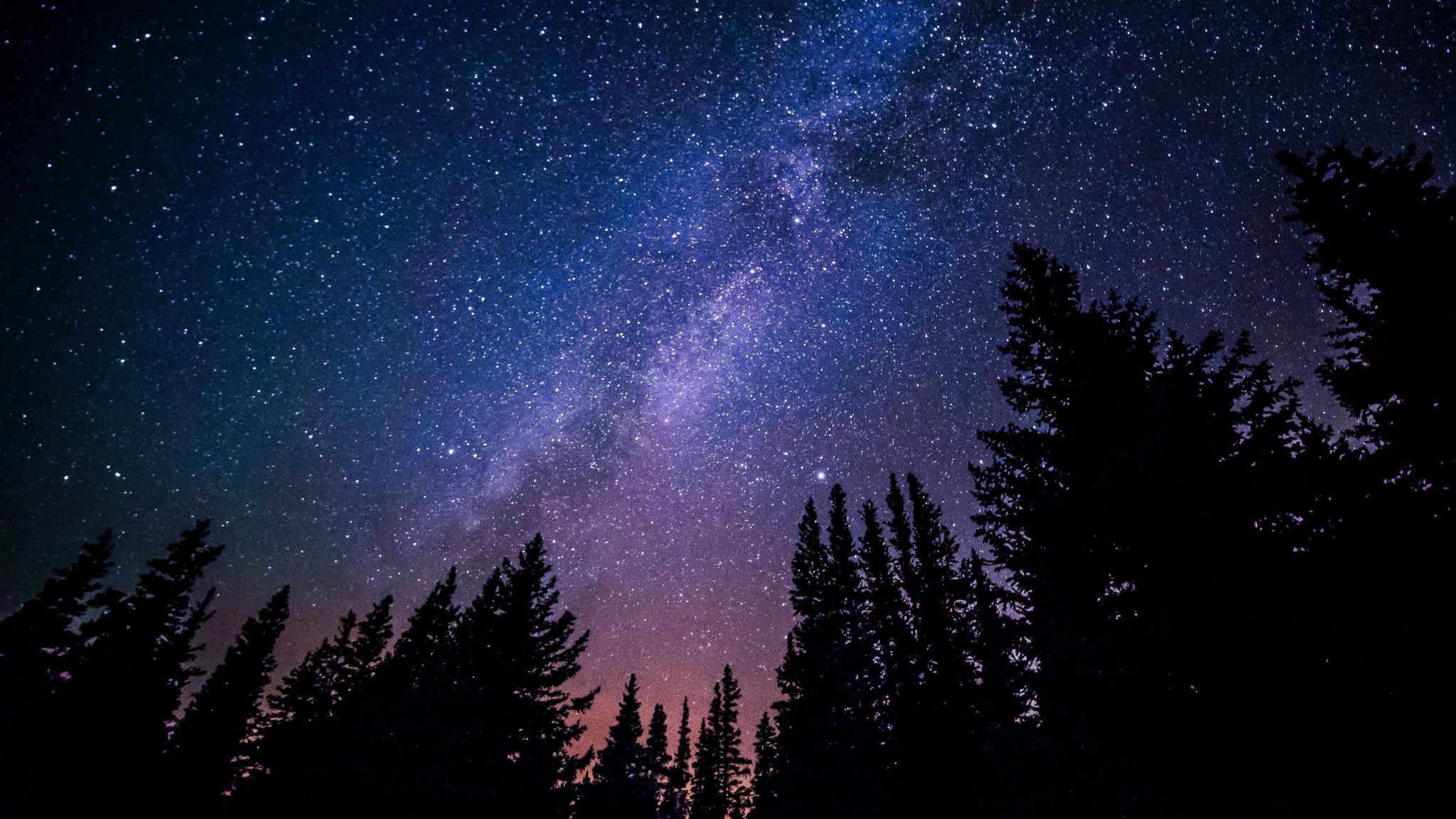
Understanding Exposure rules
Photo by Ryan Hutton on Unsplash
Did you hear about “Sunny 16” or “Looney 11” or “The 500 rule” before?
Well, if you want to know more, I have compiled a list of notes and links to additional resources providing more details about exposure rules. This research was fun!
Outdoors: sunny 16
Understanding the Sunny 16 Rule
The Rule: it’s a bright day, Set aperture to f/16 and shutter speed to the reciprocal of the ISO.
- Example 1: f/16 at ISO 100 and 1/100th second shutter speed.
- Example 2: f/16 at ISO 200 and 1/200th second shutter speed.
Other rules similar to Sunny 16
- There’s the sunset f/4 rule,
- the heavy overcast f/5.6 rule,
- the overcast f/8 rule,
- the slightly overcast f/11 rule,
- the snowy/sandy f/22 rule.
Looney 11 (Shoot the moon)
How to Photograph the Moon (With 10 Great Examples)
The Rule: Set aperture to f/11 and shutter speed to the reciprocal of the film speed.
- Example 1: f/11 at ISO 100 and 1/100th second shutter speed.
- Example 2: f/11 at ISO 200 and 1/200th second shutter speed.
The 500 rules (Stars and Milky Way)
What is the 500 Rule in Photography?
The 500 Rule for Full Frame Camera
ISO 3200 or 6400, Aperture to f/2.8 (or as wide as possible) and your shutter speed to 500 divided by the focal length of your camera.
- For example, if you are shooting with a 50mm lens, your shutter speed would be 10 seconds (500 / 50 = 10).
- If you are shooting with a 24mm lens, your shutter speed would be 21 seconds (500 / 24 = 21 approximately).
The 500 Rule for a Crop Sensor Canon Camera
The crop factor of a crop sensor camera is 1.6 or 1.5, so you need to account for that in your equation. Then it becomes this:
- 500 / focal length / 1.6
- For example, with a 50mm lens it is 500 / 50 / 1.6 = 6 seconds (approximately).
- 1.5 crop: 500/50/1.5= 7 sec (Nikon)
| Lens Focal Length | Full Frame Camera | 1.5 Crop (Nikon) | 1.6 Crop (Canon) |
| 14 mm | 36 sec | 24 sec | 22 sec |
| 16 mm | 31 sec | 21 sec | 20 sec |
| 20 mm | 25 sec | 17 sec | 16 sec |
| 24 mm | 21 sec | 14 sec | 13 sec |
| 35 mm | 14 sec | 10 sec | 9 sec |
| 50 mm | 10 sec | 7 sec | 6 sec |
| 70 mm | 7 sec | 5 sec | 4 sec |
| 85 mm | 6 sec | 4 sec | 4 sec |
| 135 mm | 4 sec | 2 sec | 2 sec |
| 200 mm | 3 sec | 2 sec | 2 se |
The 600 rule (Night sky)
So What Exactly Is The 600 Rule In Photography?
The 600 rule is very similar to the 500 rule; it states that in order to eliminate star trails the exposure time in seconds should be 600 divided by the focal length of the taking lens.
600 / focal length / crop factor 1.6 (for crop sensor Canon cameras) or 1.5
| Lens Focal Length | Full Frame Camera | 1.6 Crop (Canon) | 1.5 Crop (Nikon) |
| 14 mm | 42.86 sec | 26.79 sec | 28.57 sec |
| 16 mm | 37.50 sec | 23.44 sec | 25.00 sec |
| 20 mm | 30.00 sec | 18.75 sec | 20.00 sec |
| 24 mm | 25.00 sec | 15.63 sec | 16.67 sec |
| 35 mm | 17.14 sec | 10.71 sec | 11.43 sec |
| 50 mm | 12.00 sec | 7.50 sec | 8.00 sec |
| 75 mm | 8.00 sec | 5.00 sec | 5.33 sec |
| 100 mm | 6.00 sec | 3.75 sec | 4.00 sec |
| 200 mm | 3.00 sec | 1.88 sec | 2.00 sec |
| 300 mm | 2.00 sec | 1.25 sec | 1.3 |
The Rule of Equivalent Exposure
The Rule of Equivalent Exposure (With Quick Quiz)
Equivalent exposures for the original settings – f/2.8, 1/250 sec, ISO 200
